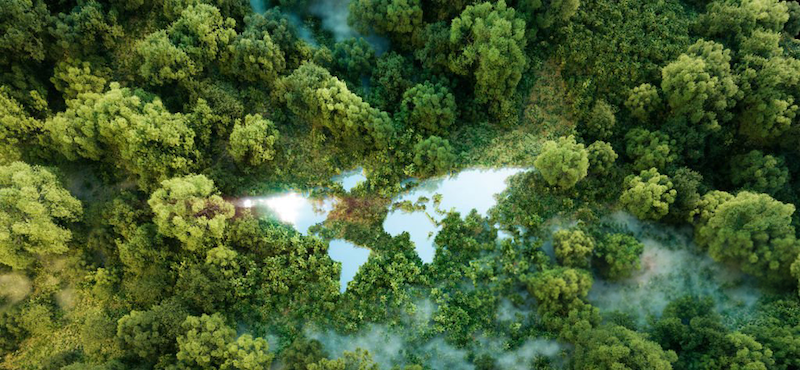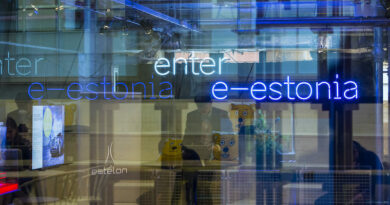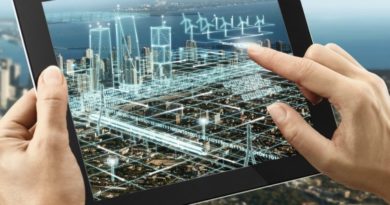
Promoting synergies between public and private networks in the field of green finance.
Climate change is not a distant threat; it is already upon us. The scorching summer of 2023 broke records, igniting the largest wildfires in the EU ever and in North Africa unleashing devastating floods and disrupting agriculture. Such impact damaged essential infrastructure, caused steep financial losses, and disrupted supply chains. More importantly, that impact was felt the most acutely by the vulnerable, who suffered livelihoods destroyed and major risks to their health. For many the most attractive ‘solution’ to this problem is to flee their homes and move elsewhere, in other words forced displacement and migration.
And yet the transition to a zero-carbon world is not just a threat, it is also an enormous opportunity to make the shift to green growth. Such transition can ensure a sustainable future for generations to come. It can bring about a healthier, less polluted environment, create jobs and make societies more resilient to economic and political shocks.
The truth is, however, that to deliver such a green growth transition in emerging and developing countries, we need large amounts of investments every year. The sums required cannot be financed from the public sector alone. Most of the investments must come from the private sector.
How do we incentivise businesses to scale up climate investments and channel them towards these emerging and developing countries?
The reason climate change is such a gaping market failure is the absence of a credible price for carbon in most countries. To change this state of affairs, we do not need to abandon markets, we just need to change the rules of the game by which those markets operate.
Such changes to the rules would include removing key market barriers, including weak political commitment to green growth, fossil fuel subsidies and a lack of enabling regulations. If we are to significantly curb greenhouse emissions and pursue the net zero emissions by 2050 Scenario, we need a market that rewards sustainable practices and penalises environmental harm.
Multilateral development banks (MDBs) are well placed to catalyse the systemic changes needed to achieve these goals. And the EBRD and its business model – one quarter of its investments in the public and three quarters in the private sector – is particularly well suited for this role.
We use our investments and our policy dialogue to promote regulatory and market reforms which make climate investments economically viable. We channel concessional finance from donors and climate funds to early movers in nascent markets. We make crucial investments that kick-start new markets.
Our reach spans the entire economy, with a special focus on building a green financial system as the backbone of a green economy.
We work with regulators and central banks to shape the standards for a green transition. We support local partner banks with developing Paris-aligned transition plans – transforming their lending practices, risk management and strategic planning. And we provide green credit lines to a network of around 190 local partner banks who on-lend the funding to their clients for investments in energy efficiency, renewable energy, and climate resilience. In this way, we reach SMEs and businesses even in remote locations.
Only last year at COP27, we supported Egypt with the launch of the Energy Pillar of its Nexus-Water-Food-Energy (NWFE-EP) program. NWFE-EP aims to develop 10GW of new renewable energy capacity and retire 5GW of inefficient fossil-fuel plants. It channels US$ 500 million in donor funding and concessional finance towards technical assistance, investments in the energy grid, and developing a just transition approach. With these elements in place, we expect to mobilise US$10 billion from the private sector for investments across the Egyptian energy sector. This approach already works.
Scaling climate finance to developing countries and emerging economies requires private capital from developed countries and international investors. In 2022, we partnered with ILX and PGGM from the Netherlands to pioneer an innovative approach to mobilise such climate finance. We are mobilising €500 million of ILX’s managed private funds into Paris-aligned EBRD projects for the next five years, while PGGM will be co-investing €250 million for the next three years.
Furthermore, we are piloting different approaches to mobilise climate finance, such as insurer mobilisation.
Over the last three years we have mobilised roughly €1 billion from private insurance directed towards green projects.
Our partnership with institutional investors and insurers allows them to make the most of the EBRD’s experience and knowledge of emerging economies. It helps investors make decisions in the absence of investment-grade credit ratings which they often require to invest in a certain country or region.
Our approach is delivering results. In fact, in the past two years, the EBRD’s reported mobilisation of private climate finance reached US$ 24 billion. In the same period, our own climate finance was US$13.2 billion, meaning each dollar of EBRD climate finance mobilised US$1.80 of private finance.
The global shift to a zero-carbon future represents a huge opportunity for us all, one which MDBs are here to help accelerate. Together with the private sector, we can create a world that not only survives climate change but also enjoys a sustainable, green and prosperous future.




